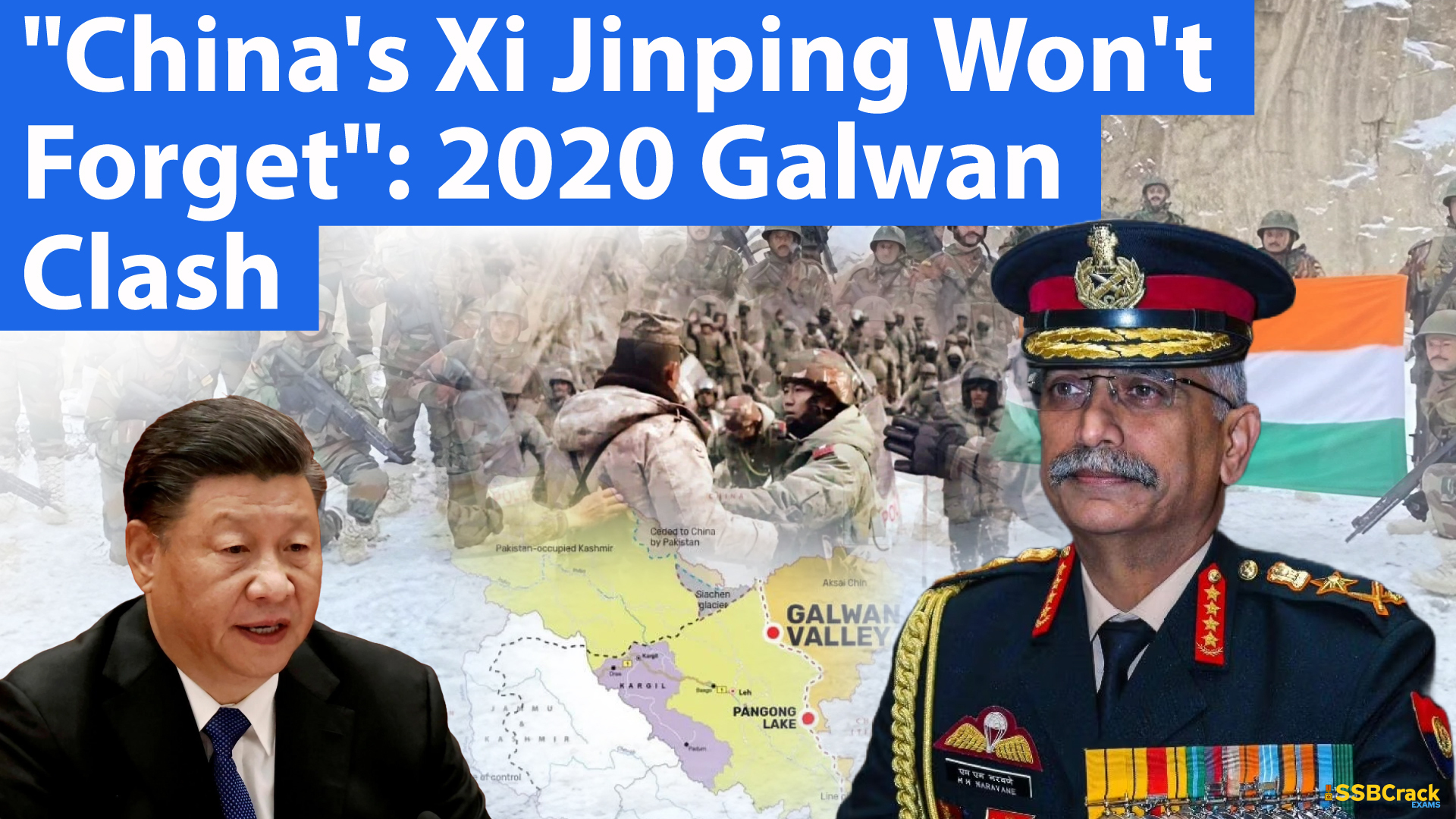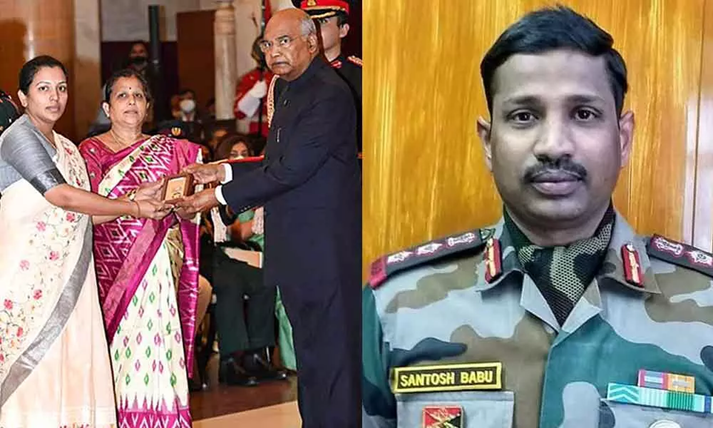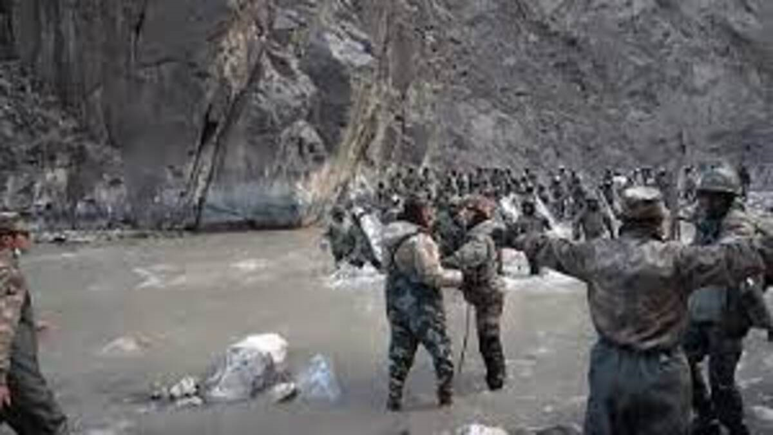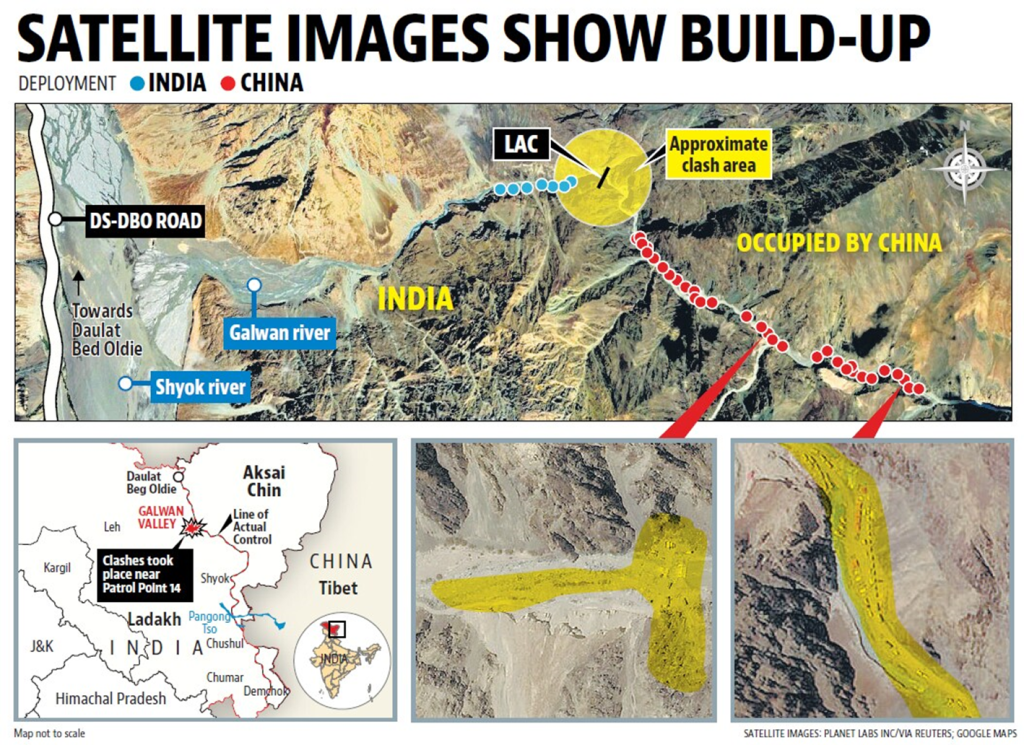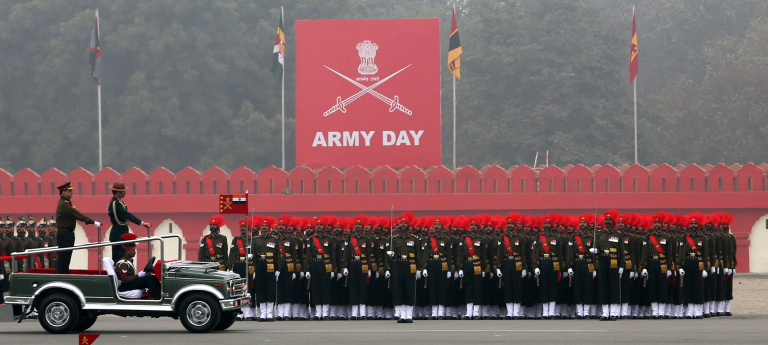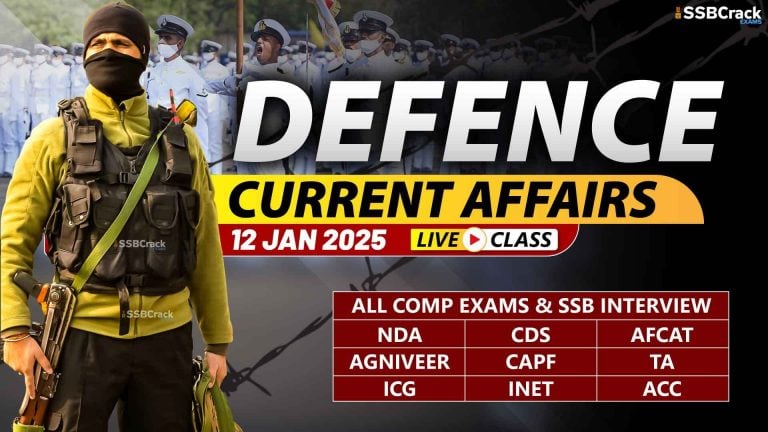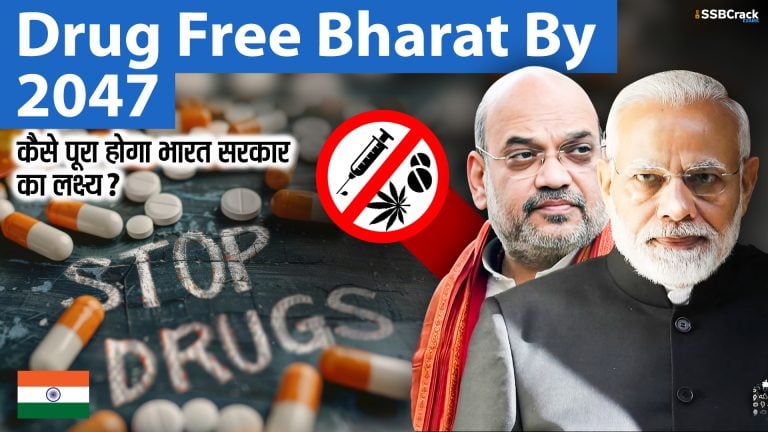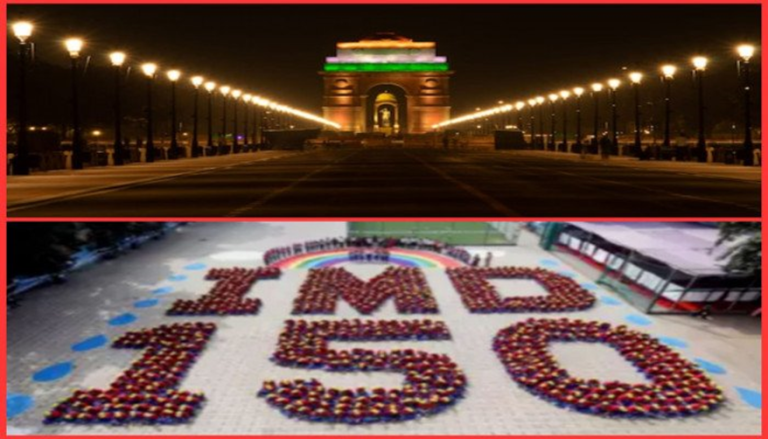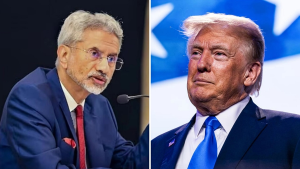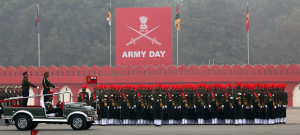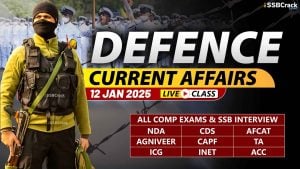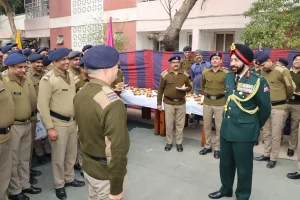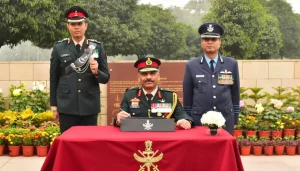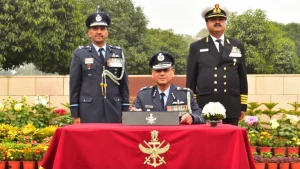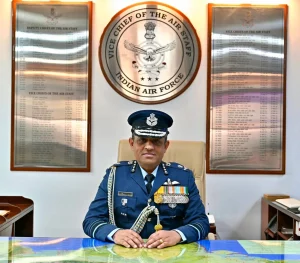China followed “wolf-warrior diplomacy” and “salami-slicing” tactics with impunity browbeating smaller neighbours and it took the Indian Army to show to the world that “enough is enough” and challenge the “neighborhood bully”, says Gen M M Naravane, the 28th COAS.
2020 Galwan Clash
‘Wolf-warrior’ diplomacy is a term used for a kind of assertive diplomacy. Salami Slicing is a tactic used to capture territory piece by piece. In his memoirs ‘Four Stars of Destiny‘, Naravane, providing a rare insight into the deadly Galwan Valley clashes, says Chinese President Xi Jinping will not forget June 16 any time soon as China’s People’s Liberation Army suffered “fatal casualties” for the first time in over two decades in the fighting. “It was one of the saddest days of my entire career,” says Naravane recalling the death of 20 Army personnel in the Galwan Valley clashes in June 2020.
His tenure as the Army Chief from December 31, 2019, to April 30, 2022, was primarily marked by the Chinese challenges along the contested border as well as the rolling out of long-term reform measures to enhance the combat capabilities of the force. “Col Santosh Babu, Commanding Officer of 16 BIHAR, went forward with a small party of troops to attempt to defuse the situation but the PLA were in no mood to relent and attacked the CO’s party too,” he says.
“Thereafter, it became a free-for-all. With darkness setting in, both sides rushed in additional troops and a see-saw engagement continued throughout the night,” he recounts. Naravane says he told then Northern Army Commander Lt Gen YK Joshi during a phone call at 1:30 am on June 16 that the Army must hit back and make the PLA pay the price for their misadventure.
“Daylight revealed a not-so- favourable situation.” “Few jawans who could not make it back at night or who had been separated started trickling back. Five jawans had died of injuries in the melee. The next morning, as the head count was taken, we realised many were missing,” he says.
“As tense negotiations began, many of our boys, who had either got disoriented or had been briefly detained by the PLA without food or medical aid, returned to base,” he says.
On the Galwan Valley incident, Naravane says it occurred in view of the Chinese PLA refusing to remove two tents that it had erected in Patrolling Point 14 (PP-14), adding following the adversary’s refusal, the Indian Army decided to pitch its own tents in the same general area.
The eastern Ladakh border row began in May 2020. Naravane says flag-level meetings had been continuing at other locations then, including at PP-15 and PP-17A, where troops fell back over agreed distances, thereby reducing the chances of violent face-offs.
“At PP-14, however, whenever we asked the PLA to remove their tents, they kept changing their stance. From ‘some more time was needed’, to ‘we will check with our superiors’, to it ‘being beyond the mandate of the talks’.” “From this stonewalling, it became evident that there had been no intention of removing those tents in the first place. To counter this, we also decided to pitch our own tents in the same general area,” he writes.
